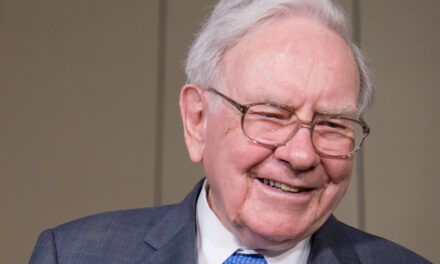The stock market kicked off 2018 with a bang, but the year is ending in a bust.
An up-and-down year that began with record highs before plunging in February and March, and then recovering and plunging yet again, could finish in the red for the first time in a decade.
Per Yahoo Finance:
“This is the final round, and trading this year has round-tripped to nowhere, and so you just are spinning and spinning. You see a little bit of a rally,” Quad Group’s Chief Strategist Peter Borish told Yahoo Finance. “I feel like we’re rats on a sinking ship. They all run to one side thinking something good is going to happen and it doesn’t, and then the wind shifts and so we all run to the other side.”
Since Sept. 13, the S&P 500 has fallen 8 percent, the Dow 6 percent and the Nasdaq a full 18 percent. On the year, the S&P 500 is flat while the Dow and Nasdaq are only up 1 and 2 percent, respectively.
To add to investors’ pain, small caps have also been largely underperforming their larger counterparts. Earlier in the year, investors were piling into the Russell 2000 to find safety amid an escalating trade war; however, rising interest rates and fears of an economic slowdown have taken down the once hot group. The ETF tracking the small caps, IWM, has fallen 16% from its high on August 31.
“Let’s look at things we look at particularly. We look at the Russell. We look at IWM — that’s near its lows, and we’re looking at the transports,” Borish explained.
Much like the small caps, the transports have also been feeling the pain. The Dow Jones Transportation Average (^DTX) is down 15% from its September 14 high. According the Dow Theory, one of the oldest stock market indicators, the performance of the transports is a critical indicator of how the rest of the market will perform.
“Things were improving in terms of trade. You would have to get the stuff somewhere, whether it’s more soybeans from the Midwest, or you’d have to get a train, a boat, or a plane or somewhere to get to China, and the transports are dramatically underperforming; they maintain very close to their yearly lows,” Borish said.
Borish explained that unless there is concrete evidence that the market is headed higher, he will remain cautious. “Until there are some more definitive answers, either some price action or through some policy action — We personally don’t think it’s going to happen, so we’re leaning toward the capsizing approach that rallies are to be faded, and to be honest, this isn’t that much of a rally.”




